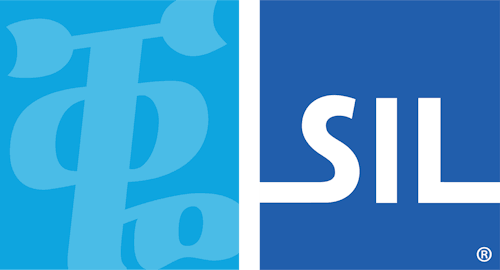Step 5: Shortcuts
Click on the Shortcuts tab in the Package Editor.
It is a good idea to include Start Menu shortcuts for your package. These make it easy for the end user to find details about your keyboard(s). Remember that the end user may choose to have your Start Menu items created as a sub-folder of the Keyman Desktop Start Menu folder.
You should consider adding the following items to the Start Menu:
- Documentation shortcuts
- Welcome.htm shortcut
- Uninstall shortcut
Click to add a new shortcut to the package. Enter a description for the shortcut, and select the program or file to start from the Program list. Four predefined program entries (Start Product), (Product Configuration), (Product Help) and (About Product) will be translated into the appropriate shortcuts to start Keyman Desktop tasks as described.
Note
In previous versions of Keyman, the predefined targets $KEYMAN\keyman.exe and $KEYMAN\kmshell.exe were available. These are translated to (Start Product) and (Product Configuration), respectively, in Keyman Desktop 7.0.
Tip
Packages are not listed in the Control Panel Add/Remove Programs applet with Keyman Desktop 7.0. Packages can be uninstalled through the Start Menu shortcut or from Keyman Desktop Configuration.




